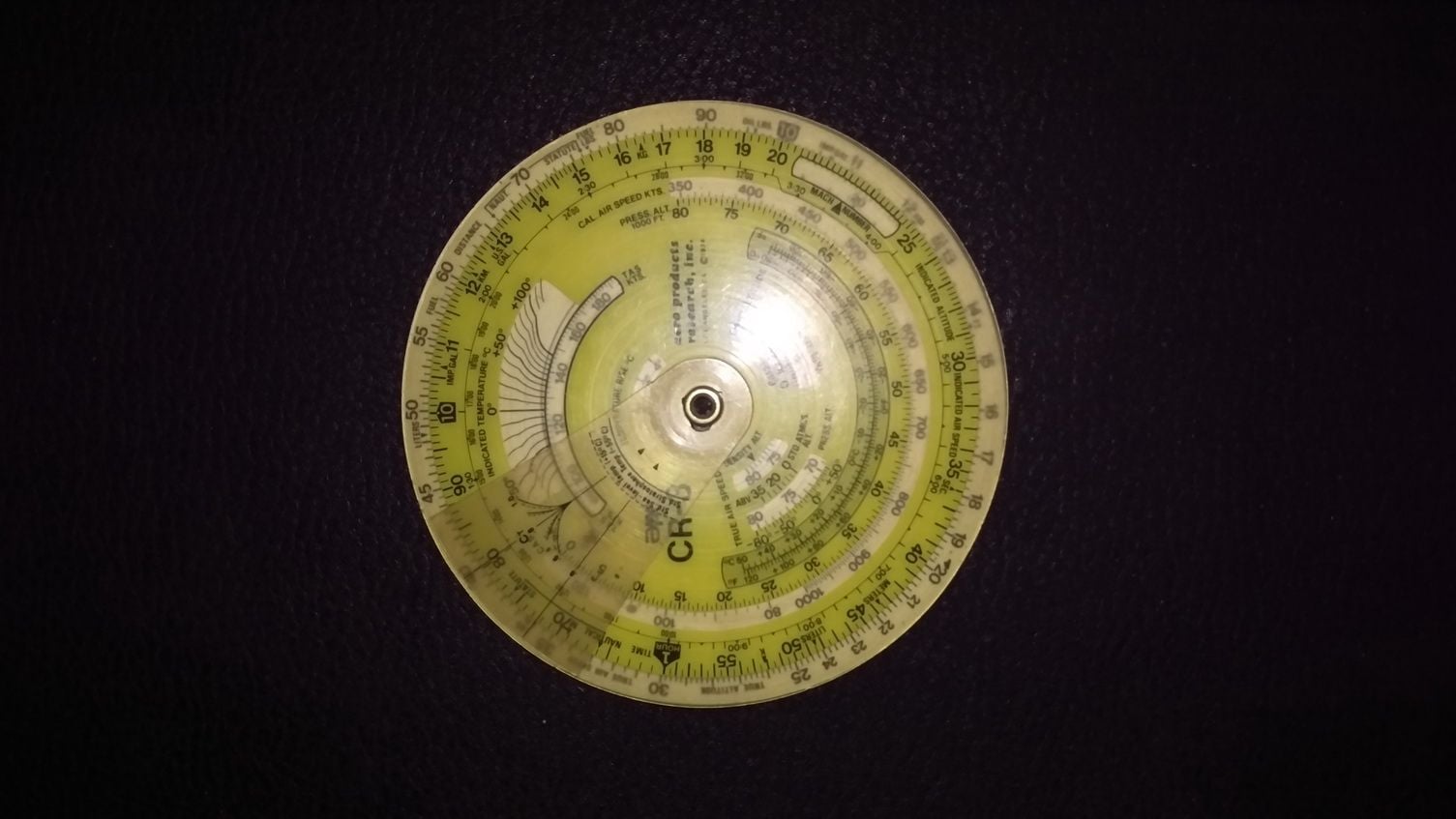1 mile right of track
Yes that's right, so you will both be within that same 30 metre circle as a worse case error.
Please explain to this long retired army pilot what is meant by the magenta line
It's definitely a thing with VFR in uncontrolled airspace, even when hand flying because you keep coming back to the magenta line no matter how sloppy your flying. And it does not need much fancy stuff - an ipad is enough. But use of the 'advisory frequency' seems to effectively reduce the risk. Here in 5Y land everyone is very conscientious about announcing their presence as they progress (at least, the ones I hear are
 ), is it the same in Aus?
), is it the same in Aus?
Join Date: Jun 2006
Location: Australia
Posts: 1,186
Likes: 0
Received 0 Likes
on
0 Posts
Triadic posted a link to an accident report where there was a midair collision. It is well worth reading - especially this extract: I must admit I had never thought of the situation where a collision is imminent and you have to decide whether to roll out of the way or climb/descend out of the way. See below
1.9.9 Pilot Avoidance Techniques
Assuming that a pilot will be capable of visually detecting another aircraft in flight and determining that the closing geometry represents a mid-air threat, then the final stage in the see-and-avoid sequence is to initiate an effective avoidance response. The aim of that response will be to increase the miss distance between the aircraft. The effectiveness of that response is dependent on a number of factors; in general, either pilot can alter the geometry of a collision by changing some combination of aircraft speed, altitude, and heading. Because each of these actions will affect the geometry differently, it is essential that the pilot choose an appropriate combination of actions that will merge to achieve a corresponding effect.Footnote7The optimum avoidance response will differ depending on the time to impact. There is research evidenceFootnote8 to indicate that, outside 10 seconds to the point of closest approach, the pilot should use compatible manoeuvres combining speed, altitude, and heading change. However, once the aircraft are inside the range of approximately 10 seconds to impact, the pilot should employ an altitude change only. This conclusion is based on an argument that, when two aircraft are confined in close quarters, the essential action is to minimize the relative cross-sectional areas of each aircraft. Under these circumstances, it has been generally found that any application of bank will increase the relative cross- sectional area and thereby increase the probability of impact.Footnote9
As an example, a Piper Navajo aircraft similar to the one involved in this occurrence will have a vertical cross-section of approximately 13 feet when in level flight. At bank angles in the range of 45 to 60 degrees, the vertical cross-section will be in the range of 28 to 34 feet. The final value of the vertical cross-section will be dependent on the aircraft's wing span and on the applied bank angle.
Formal training on how to recognize in-flight collision geometry and on how to optimize avoidance manoeuvring is not part of the required syllabus for any level of civilian pilot licence in Canada.





